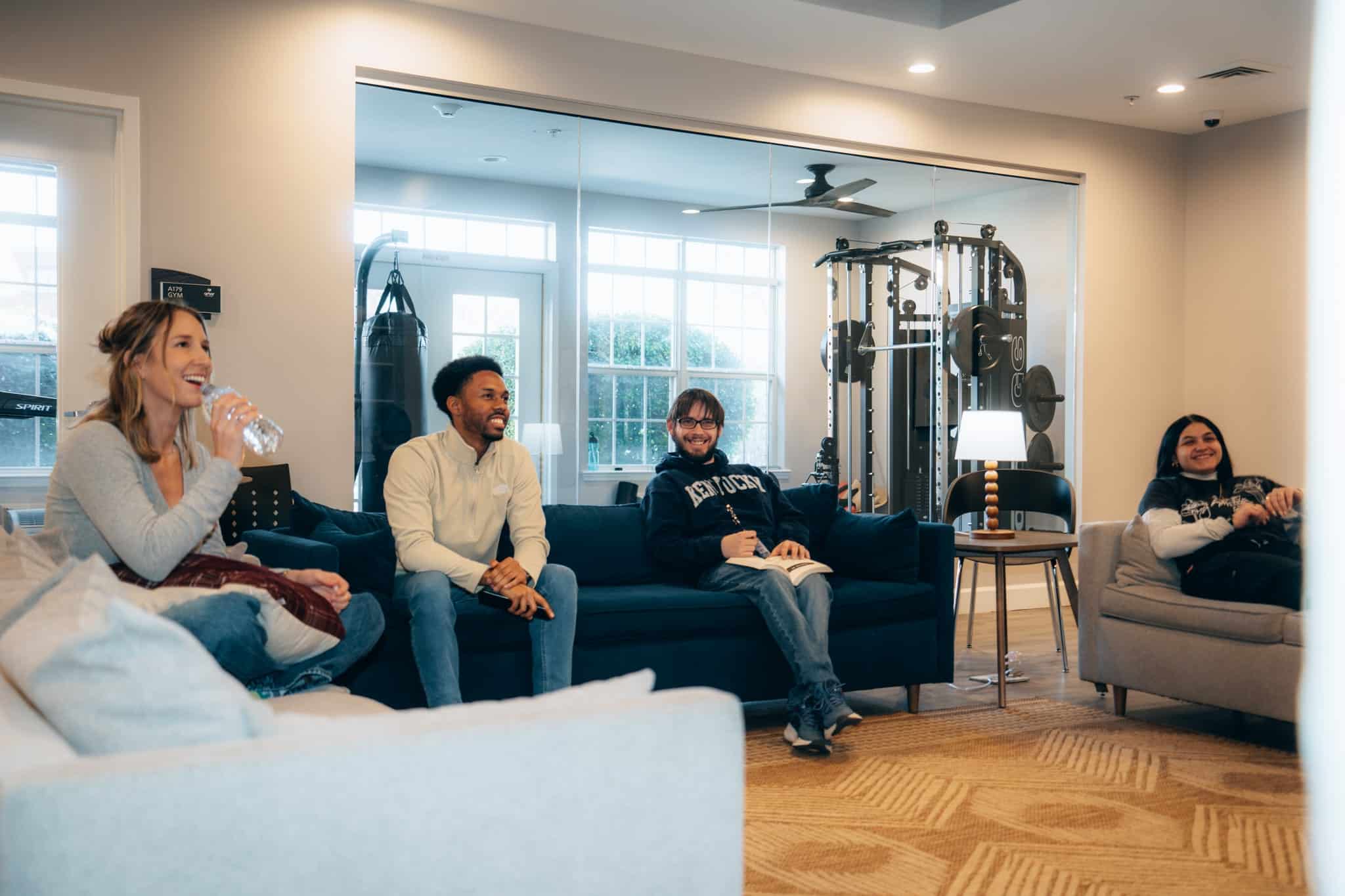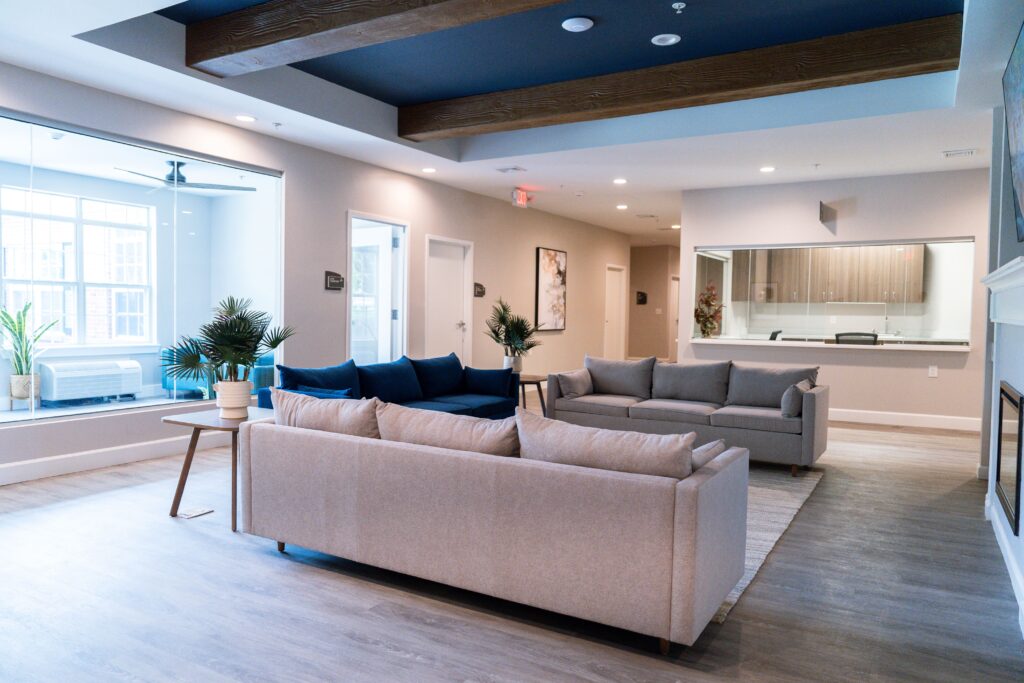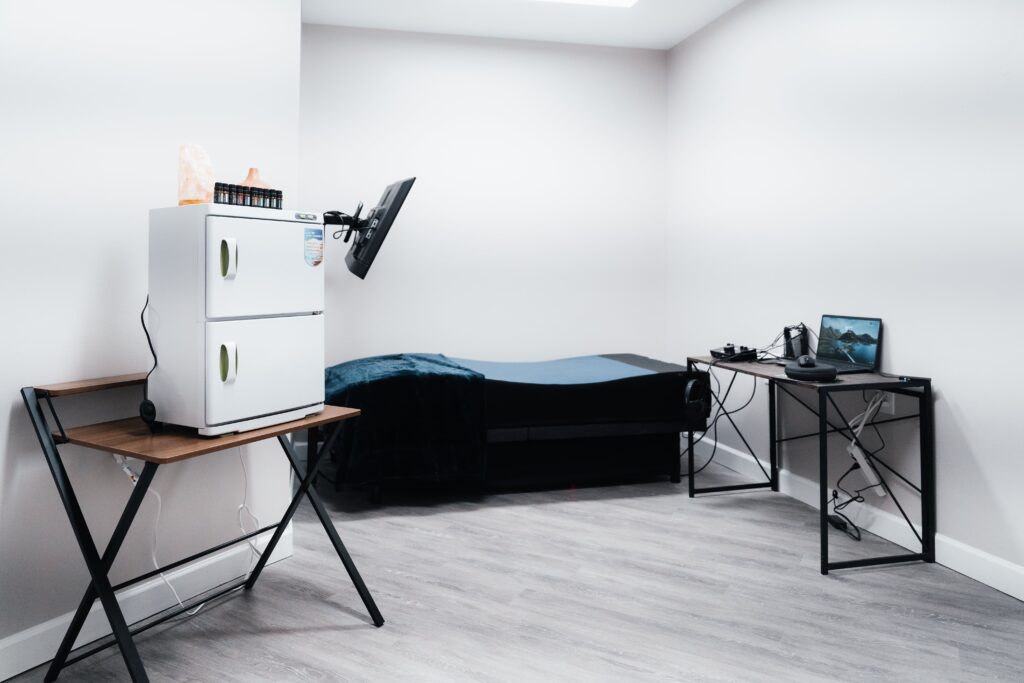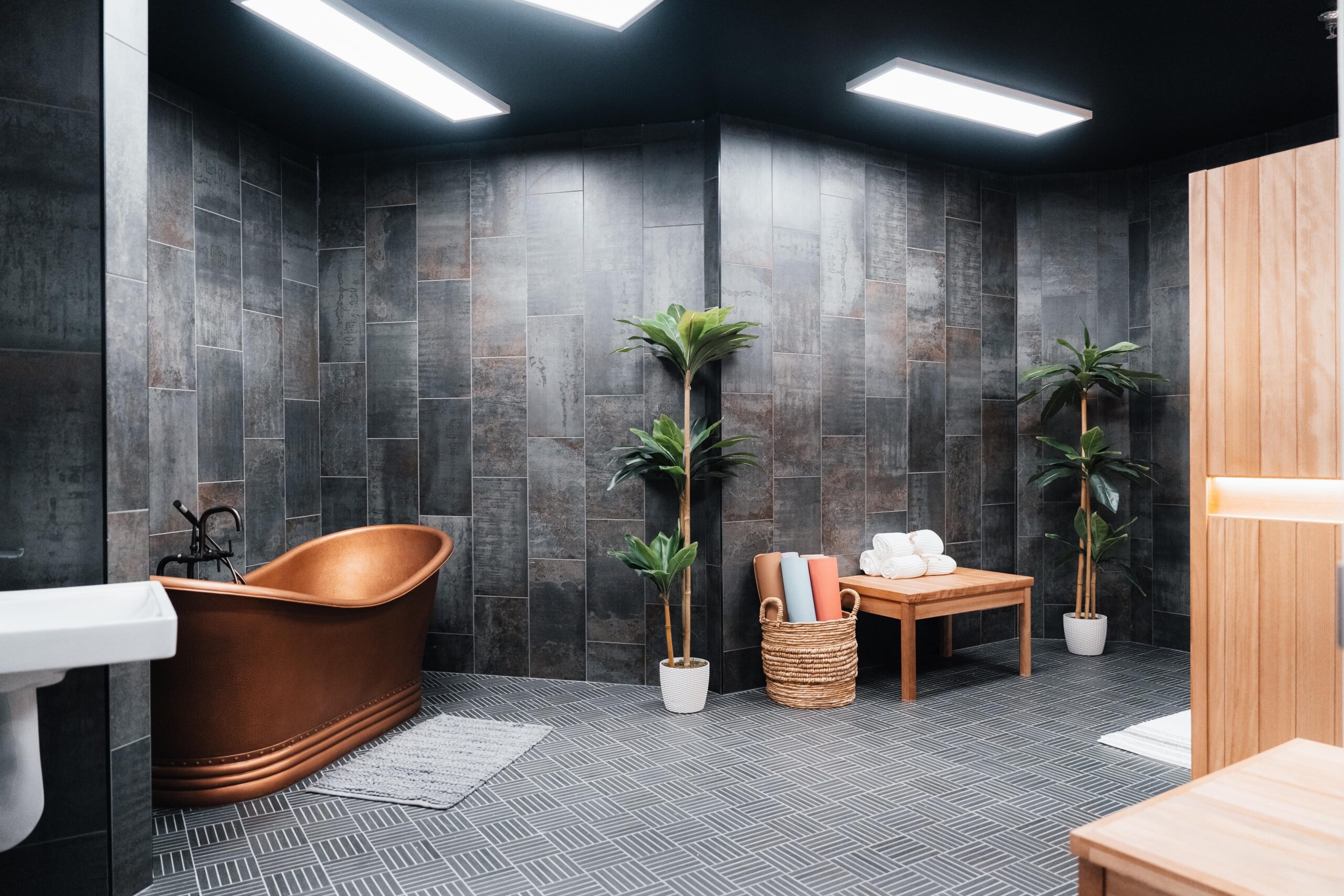There are few differences between social anxiety vs agoraphobia. Agoraphobia and social anxiety disorder are potentially debilitating mental health concerns that can cause people to change their behaviors in order to avoid certain circumstances. But these disorders are not identical. Understanding the similarities and differences between agoraphobia vs. social anxiety disorder can help you to correctly identify the problem and seek appropriate treatment.
What Is Agoraphobia?
Here are some of the criteria for a diagnosis of agoraphobia, as established in the fifth edition of the Diagnostic and Statistical Manual of Mental disorders:
- Marked fear about two or more of the following: Using public transportation, being in open spaces, being in enclosed spaces, standing in line or being among a crowd of people, and being alone outside of one’s home
- Fearing that being in these places will make it difficult to escape. Or, it will be too difficult to get help if they panic or have other symptoms that they think are embarrassing
- Avoiding these situations completely, requiring a companion, or enduring them while experiencing intense anxiety
- Developing fear that is disproportionate to the actual risk
- Living with persistent symptoms that last for at least six months
- Experiencing impaired functioning in school, at work, or in another important area
According to the National Institute of Mental Health (NIMH), the lifetime prevalence of agoraphobia among adults in the United States is about 1.3%. About 40% of people who have agoraphobia experience severe impairment as scored on the Sheehan Disability Scale.
What Is Social Anxiety?
Social anxiety disorder is also often referred to as social phobia. It is characterized by excessive fear that is related to interacting with or being judged by others
The DSM-5 includes the following criteria for a diagnosis of social anxiety disorder:
- Extreme fear about social interactions such as meeting new people, being observed by others such as eating in a restaurant, or performing in front of others such as when giving a presentation
- Excessive worry that a person will embarrass themself, be judged negatively, or be rejected
- Either avoiding situations that trigger these symptoms or enduring them while experiencing significant psychological distress
- Having disproportionate fears that last for at least six months and that cause problems at work, in school, at home, or in other significant areas
Data provided by the NIMH indicates that about 12.1% of adults in the U.S. will develop social anxiety disorder. The past-year prevalence of this disorder is higher among women (8%) than among men (5%). When ranked on the Sheehan Disability Scale, about 30% of people with social anxiety disorder have serious impairment. 31% have moderate impairment.
Agoraphobia vs. Social Anxiety
To compare agoraphobia vs. social anxiety disorder, we have listed a few key similarities and differences.
Agoraphobia vs. Social Anxiety: Similarities
The list of similarities between agoraphobia vs. social anxiety disorder includes:
- Both agoraphobia and social anxiety disorder are classified as anxiety disorders in the DSM-5.
- Both disorders can cause significant distress, to the point that a person may be unable to fully engage in a healthy and satisfying lifestyle.
- The symptoms of both disorders can be triggered by being in (or thinking about being in) certain situations.
Agoraphobia vs. Social Anxiety: Differences
Examples of differences between agoraphobia vs. social anxiety include:
- Social anxiety disorder is significantly more common than agoraphobia in the U.S.
- The prevalence of agoraphobia is virtually identical among men and women, but the rate of social anxiety disorder is about 60% higher among women than among men.
- Someone who has agoraphobia will fear that they may panic or lose control because of their environment. A person with social anxiety disorder will fear being judged or rejected by others because of something they did while eating, drinking, speaking, or performing some other action.
Treatment Options for Agoraphobia and Social Anxiety Disorder
Treatment for both agoraphobia and social anxiety often includes prescription medication and therapy.
The medication component of treatment for these disorders typically involves an antidepressant from the selective serotonin reuptake inhibitor (SSRI) category. Examples of SSRIs that may benefit people who have agoraphobia or social anxiety disorder include sertraline (which is sold under the brand name Zoloft), venlafaxine (Effexor), and paroxetine (Paxil).
At Arbor Wellness, we customize each person’s care according to the type of disorder they have developed, the nature and severity of their symptoms, the impact that these symptoms have had on them, and the presence of any co-occurring concerns.
Depending on these factors, a patients personalized treatment plan for agoraphobia or social anxiety may include a wide range of therapies and support services, including:
- Individual and group therapy
- Family therapy
- Art therapy
- Meditation
- Genetic testing
- Red light therapy
- Neurofeedback therapy
- Alpha-Stim treatment
We also offer detailed discharge plans to ensure that our patients are connected with the resources that can help them make continued progress after they have transitioned out of our care.
Begin Treatment for Agoraphobia or Social Anxiety in Nashville, TN
If you or someone that you care about has been struggling with agoraphobia, social anxiety, or any other anxiety disorder, Arbor Wellness is here to help. Our treatment center in Nashville offers personalized treatment and compassionate support at the residential, partial hospitalization, and intensive outpatient levels.
When you choose Arbor Wellness, you will work with a team of experienced professionals who are committed to providing quality care within a safe and respectful environment. With our help, you can achieve improved health and a more hopeful outlook on life. Give us a call or visit our admissions page today to learn more about our programs and services.

























